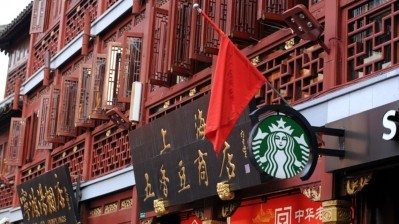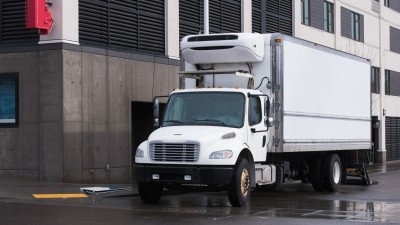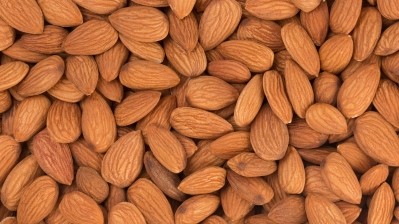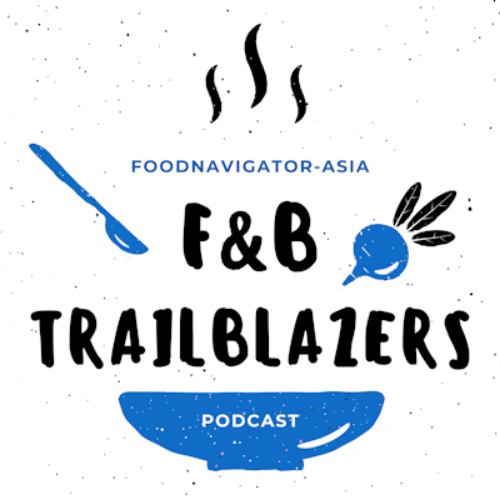Local chief says Starbucks is roasting and coasting in China
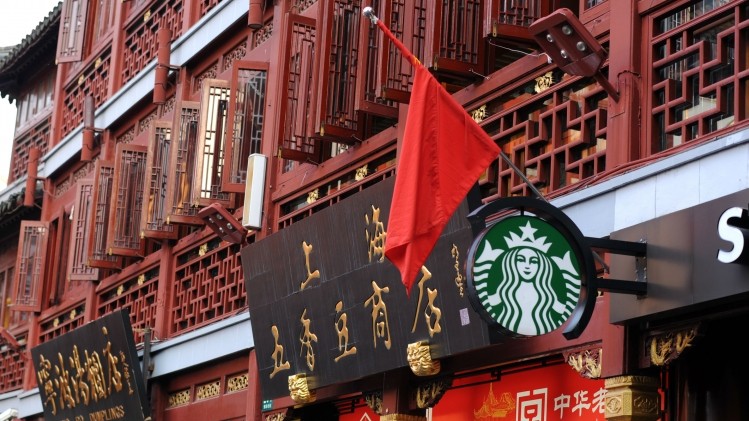
The American coffee chain, which has been in the country for almost 20 years, has seen tremendous promise in the Far East. This was highlighted by the opening of the world’s biggest Starbucks outlet in Shanghai last December, which has the capacity to serve as many as 7,000 customers each day.
On its very first day of operation, the vast Shanghai Roastery became the highest grossing Starbucks store in the world, averaging more than double the number of transactions of its highly successful Seattle Roastery, and charged an average bill of US$29.
Now with 3,200 stores across 139 Chinese cities, it serves 6.4m customers a week, and has set a short-term goal of opening 5,000 stores by 2021.
Speaking at the company’s general meeting in Seattle this week, Starbucks China’s chief executive Belinda Wong paid tribute to her enormous workforce, for whom the company offers generous benefits.
"We are opening a new store every 15 hours,” said Wong. “But it makes me even more excited how we can use the scale from growth to benefit the communities we serve.”
A taste of America
Across the Pacific Ocean from Washington State, customers still queue up to enter the flagship Starbucks store on Nanjing Road, which at 29,000-square-feet, is twice the size of its biggest American equivalent.
Unlike other wildly popular American quick-service restaurant chains in China, like Pizza Hut and KFC, the coffee brand maintains its international menu and makes few concessions to local tastes. This is despite the fact that coffee is not a mainstay in China — the country consumes 10 times more tea than coffee, according to the International Coffee Organisation, though per-capita growth is expected to rise by 18% each year over coming years.
Whereas Pizza Hut offers three-course meals complete with wine, and features Peking duck among its pizza toppings, and KFC caters to local tastes with pork chops, curry and congee alongside its chicken buckets, Starbucks has set out to promote itself as an authentic taste of the West.
By doing so, and providing space for countless groups of customers to gather and chat in vast lounge areas, Starbucks China has found its niche within local tastes, say experts. Easily finding a seat in Chinese mega-cities is often not a straightforward task.
Looking after its staff
Customers also appreciate the way the company looks after its 65,000-strong employee base and Chinese suppliers. At this week’s general meeting, Wong reiterated her pledge to award US$20m in benefits, including critical care insurance, to staff over the next five years.
“I wish you could have seen the reception when we announced the Starbucks critical care insurance,” she said. “There were tears of joy and almost disbelief.”
“It makes me even more excited how we can use the scale from growth to benefit the communities we serve.”
Already, 93% of eligible employees have signed up, along with 14,000 parents, who are also provided for.
“But we have higher ambitions — we want to inspire other companies,” added Wong, who has met with other Chines companies to discuss the parental plan, with some now planning to launch similar programmes.
Meanwhile, the Starbucks Farmer Support Centre has worked with 17,000 farmers in the Yunnan coffee-growing area on ways to improve sustainable farming practices.
Before it opened last year, the quality of locally grown coffee delivered to the processing factories was sketchy. Sometimes there would even be small stones mixed in with the beans.
Starbucks China developed its first premium small-lot coffee, Starbucks Reserve Yunnan Yellow Honey Coffee, from Yunnan to supply its outlets, including the Shanghai Roastery.
"We've taken a key step to complete the journey from a raw bean to a cup of brewed coffee in China,” said Wong.
According to global chief executive Kevin Johnson, “Starbucks has cracked the code in China” and the brand is resonating with a fast-growing middle class in China, which has seen “explosive” GDP growth.
"Our business in China, has emerged as a growth driver that is rapidly moving us beyond our long-standing dependence on our US business for needle-moving growth," he said in the chain's first-quarter earnings call earlier this year.
"Today, we have two powerful, independent but complementary engines driving Starbucks's global growth with a long-term opportunity clearly visible in China."
